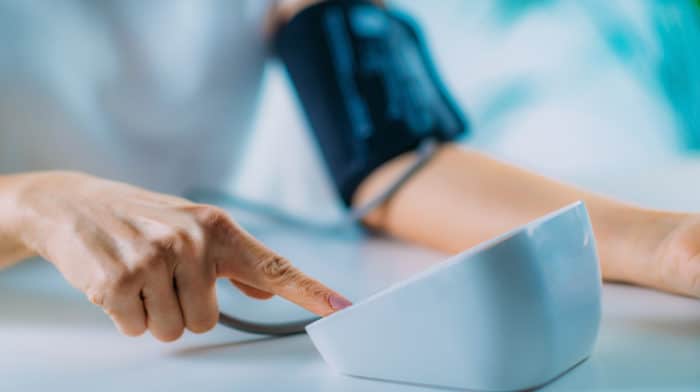Diet Tips for Low Blood Pressure
There are many causes for low blood pressure, also known as hypotension. It could be certain medications the person you’re caring for is taking, extended bed rest, particular heart conditions, or other reasons. Whatever the reason, there are a number of ways to increase blood pressure levels including medication and exercise. Dietary changes can also help to raise blood pressure. Small changes in diet can make a big impact to the health of the person you’re caring for.
In this video, we’ll look at foods to help improve blood pressure levels and give you some helpful tips on how to manage it.
There are many causes of low blood pressure, also known as hypotension. It could be certain medications the person you’re caring for is taking, extended bed rest, particular heart conditions, or other reasons.
Whatever the reason, there are a number of ways to increase blood pressure levels including medication and exercise. Dietary changes can also help to raise blood pressure. Small changes in diet can make a big impact on the health of the person you’re caring for.
In this video, we’ll look at foods to help improve blood pressure levels and give you some helpful tips on how to manage it.
Drinking water has many health benefits. This extends to people with low blood pressure levels, as the increased fluids help to prevent dehydration as well as increase blood flow. To help the person you’re caring for drink more water, have a portable, refillable water bottle nearby at all times. It can be used both at home and in places outside the home.
You can add other drinks such as tomato juice and sports drinks that are high in sodium. When ingesting sodium-rich foods and or fluids, it causes your body to retain fluid since your kidneys can’t get rid of sodium as quickly.
This extra fluid causes your blood pressure to rise, usually only slightly, but it can help those that have low blood pressure.
Coffee and tea can also help increase blood pressure levels, but talk with their doctor first as caffeine can cause other health issues.
While many people have to watch their salt intake because it raises blood pressure levels, you may be able to increase the amount of salt used in the food the person you’re caring for is eating by using more table salt, soy sauce, and packaged seasonings.
Many processed and prepared foods also often have high sodium levels. Be sure to check with their physician first, because too much sodium can put extra pressure on their kidneys and lead to health problems including kidney or heart failure.
As blood pressure levels often drop after eating, the person you’re caring for should eat small meals consisting of a variety of nutrient-dense foods such as vegetables, fruit, whole grains and lean proteins – fish and chicken, for example.
Now that you’ve learned what to add to their diet, let’s look at what to reduce or remove:
The first is high carbohydrate foods such as pasta, rice, potatoes or bread. These foods are digested quickly, which can lower blood pressure levels.
The second is alcohol, as it causes dehydration and also lowers blood pressure levels.
Remember that low blood pressure can be managed with diet. With your help, the person you’re caring for can live a better, healthier life.
For more tips and strategies on blood pressure, check out our Care Guide.
Be sure to visit our website to see more from our channel.






